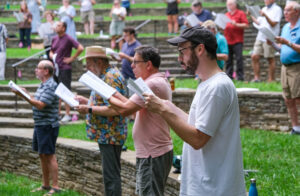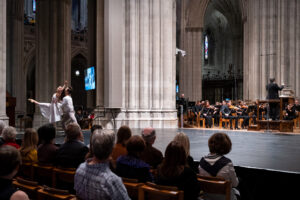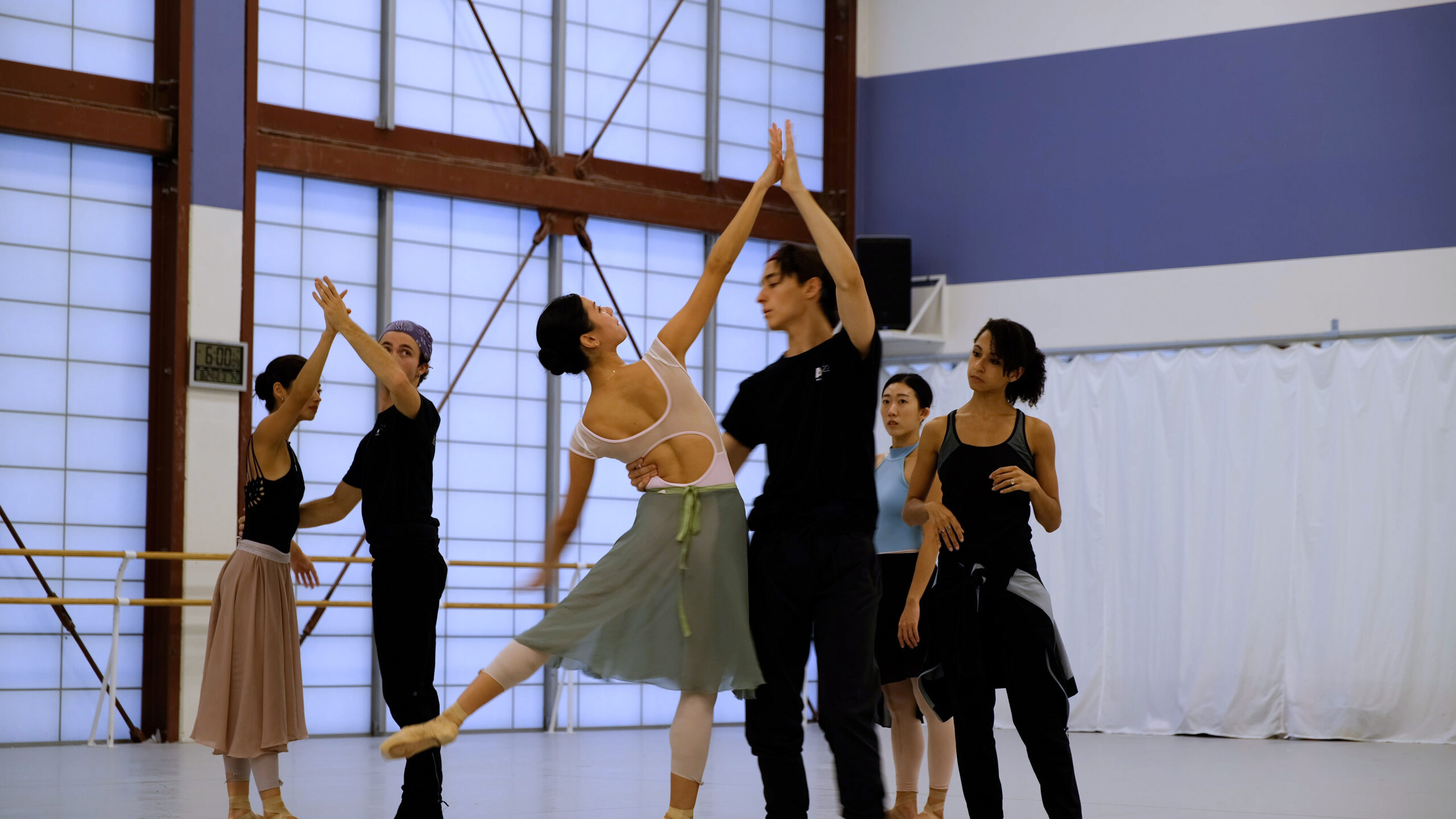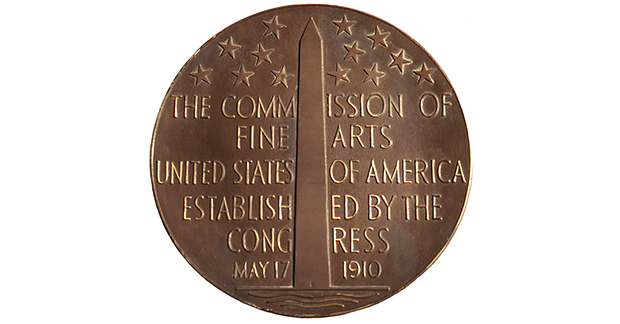In our November 2022 issue of our monthly newsletter, we discuss the trajectory of choral groups throughout the pandemic and beyond.
–
The pandemic hit choirs and musical groups hard. Not only were in-person audiences completely absent for over a year, but in-person rehearsals were cancelled too. Missing out on these weekly meetings struck at the heart of why so many people in America join choral groups — friendship, personal enjoyment, and community.
 According to Chorus America’s most recent Chorus Impact Study, 17% of Americans were singing in choirs as of 2019. Choral singing offers a variety of benefits, including improved social skills, increased mindfulness and resilience, and stronger connections within communities.
According to Chorus America’s most recent Chorus Impact Study, 17% of Americans were singing in choirs as of 2019. Choral singing offers a variety of benefits, including improved social skills, increased mindfulness and resilience, and stronger connections within communities.
With these benefits all but decimated, the return to singing in 2021 couldn’t come soon enough. However, these first gatherings weren’t quite the same. While masks and social distancing kept many singers safe, they also meant “reconsidering what togetherness means,” according to an August 2021 article from the Chicago Tribune on the topic. Reexamining rehearsal spaces, repertoire, and even the logistics of virtual performances eventually gave way to an increased emphasis on the feelings of fellowship and connection.
 At CCS, we’ve experienced similar sentiments — new friends and long-time singers joined us with great enthusiasm for our SummerSings series and the start of rehearsals in 2021, but precautions like mask-wearing, providing proof of vaccination, and social distancing are still being practiced today and likely will be for the foreseeable future.
At CCS, we’ve experienced similar sentiments — new friends and long-time singers joined us with great enthusiasm for our SummerSings series and the start of rehearsals in 2021, but precautions like mask-wearing, providing proof of vaccination, and social distancing are still being practiced today and likely will be for the foreseeable future.
With all the obstacles we have overcome, where are we now? In 2022, we’ve seen an abundance of interest in reconnecting with choral groups or joining one for the first time. At CCS, we had a record number of new singers join us for our first performance of the season, and more are on their way.
 Nationwide, however, audiences have been slower to return. While understandable, it is a shame, because many arts organizations are releasing a burst of pent-up creative energy that is meaningful, innovative, and immersive. CCS’s recent performance of Berlioz’s Roméo et Juliette had Capulet and Montague motifs displayed throughout the Cathedral alongside stunning new choreography performed by Atlanta Ballet. The immersive experience is becoming the new normal, and we are ready to embrace it.
Nationwide, however, audiences have been slower to return. While understandable, it is a shame, because many arts organizations are releasing a burst of pent-up creative energy that is meaningful, innovative, and immersive. CCS’s recent performance of Berlioz’s Roméo et Juliette had Capulet and Montague motifs displayed throughout the Cathedral alongside stunning new choreography performed by Atlanta Ballet. The immersive experience is becoming the new normal, and we are ready to embrace it.
When we think about where our chorus is today, we can tell that returning to in-person events has only strengthened the passion that we feel towards music. All the benefits we felt in 2019 — enthusiasm, mindfulness, artistic fulfillment, friendship — have only grown. And that’s certainly something to be thankful for.



 As rehearsals at Atlanta Ballet continue for our upcoming performance, dancers Emily Carrico and Erik Kim sit down with CCS to talk about their creative approach to telling this classic love story. Keep reading for these dancers’ insights on our most immersive concert experience to date!
As rehearsals at Atlanta Ballet continue for our upcoming performance, dancers Emily Carrico and Erik Kim sit down with CCS to talk about their creative approach to telling this classic love story. Keep reading for these dancers’ insights on our most immersive concert experience to date!

